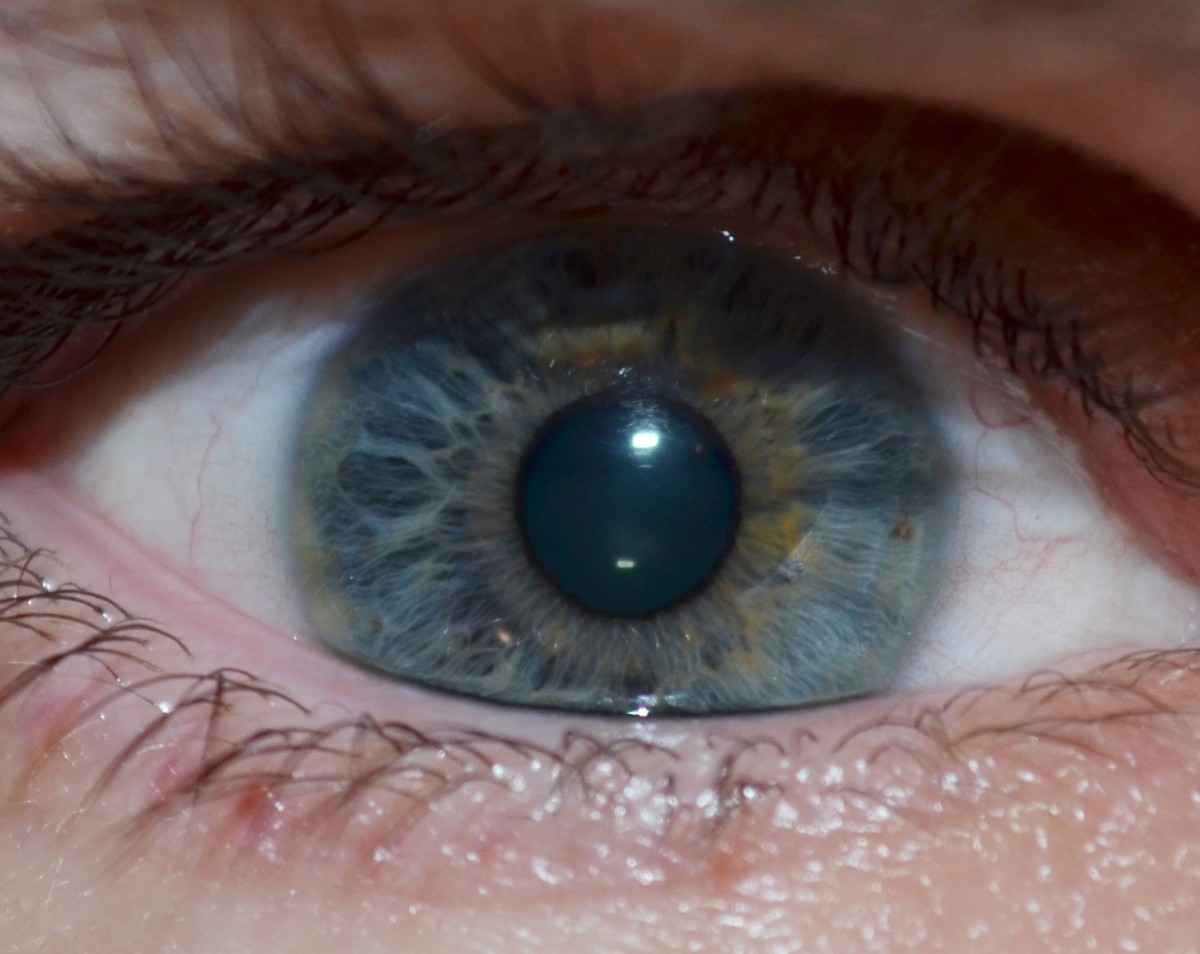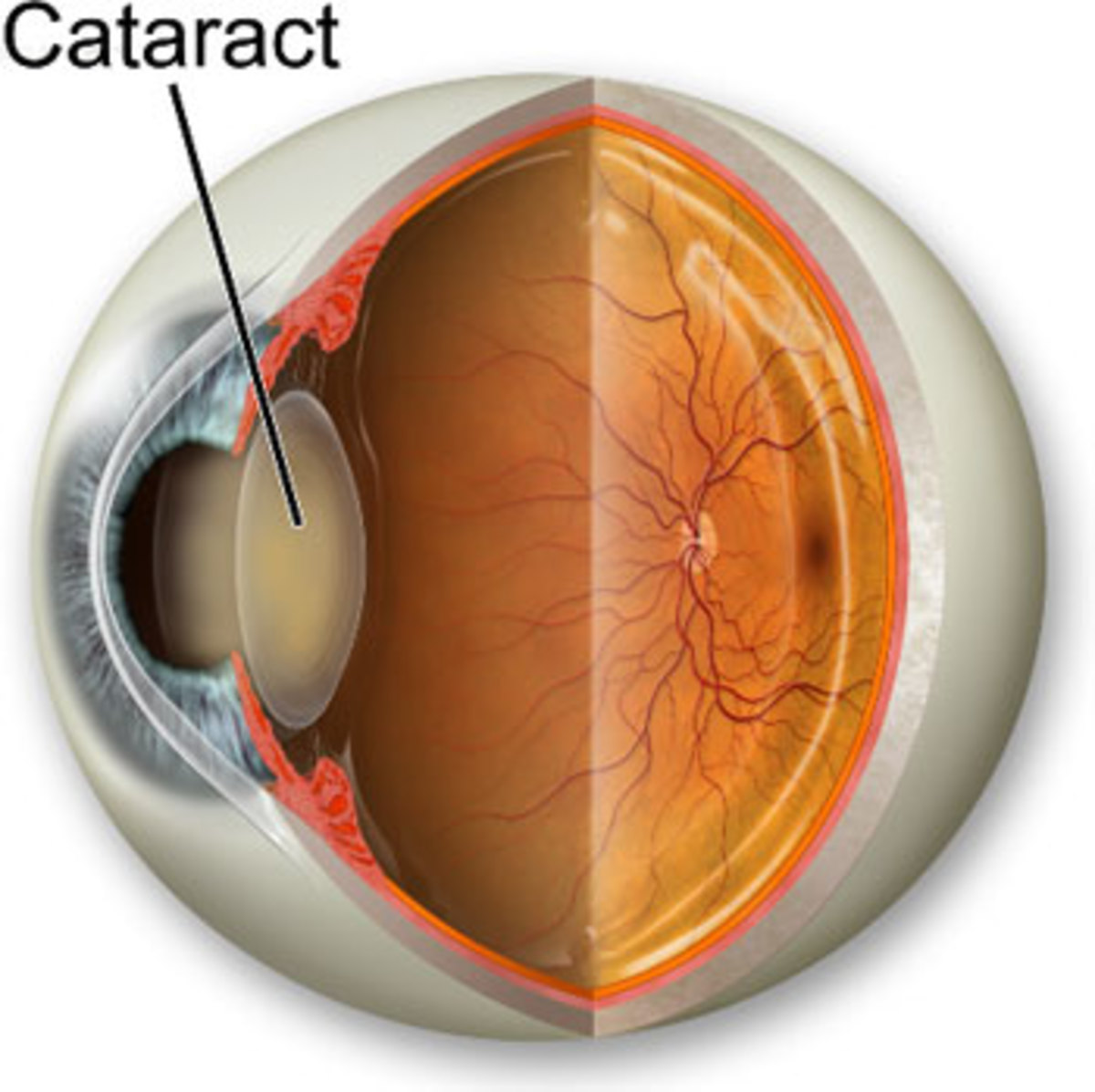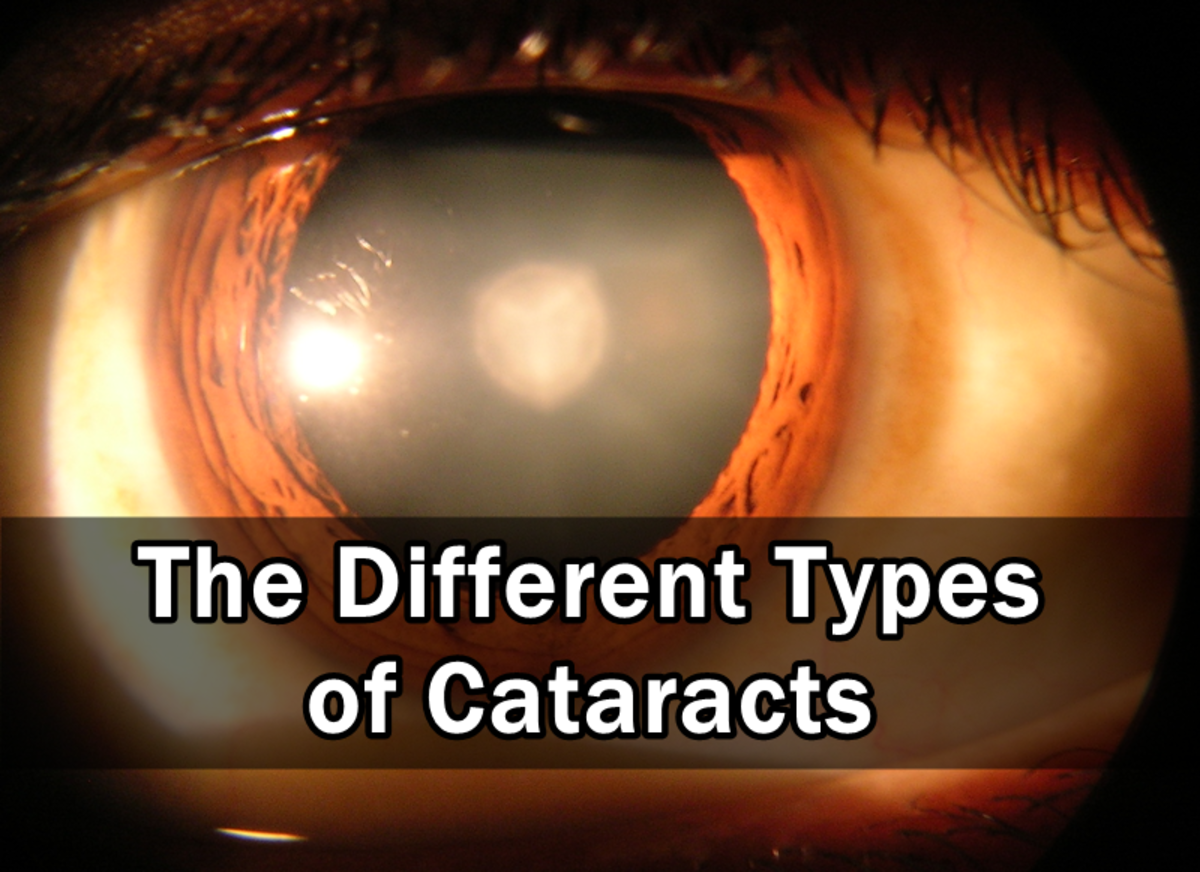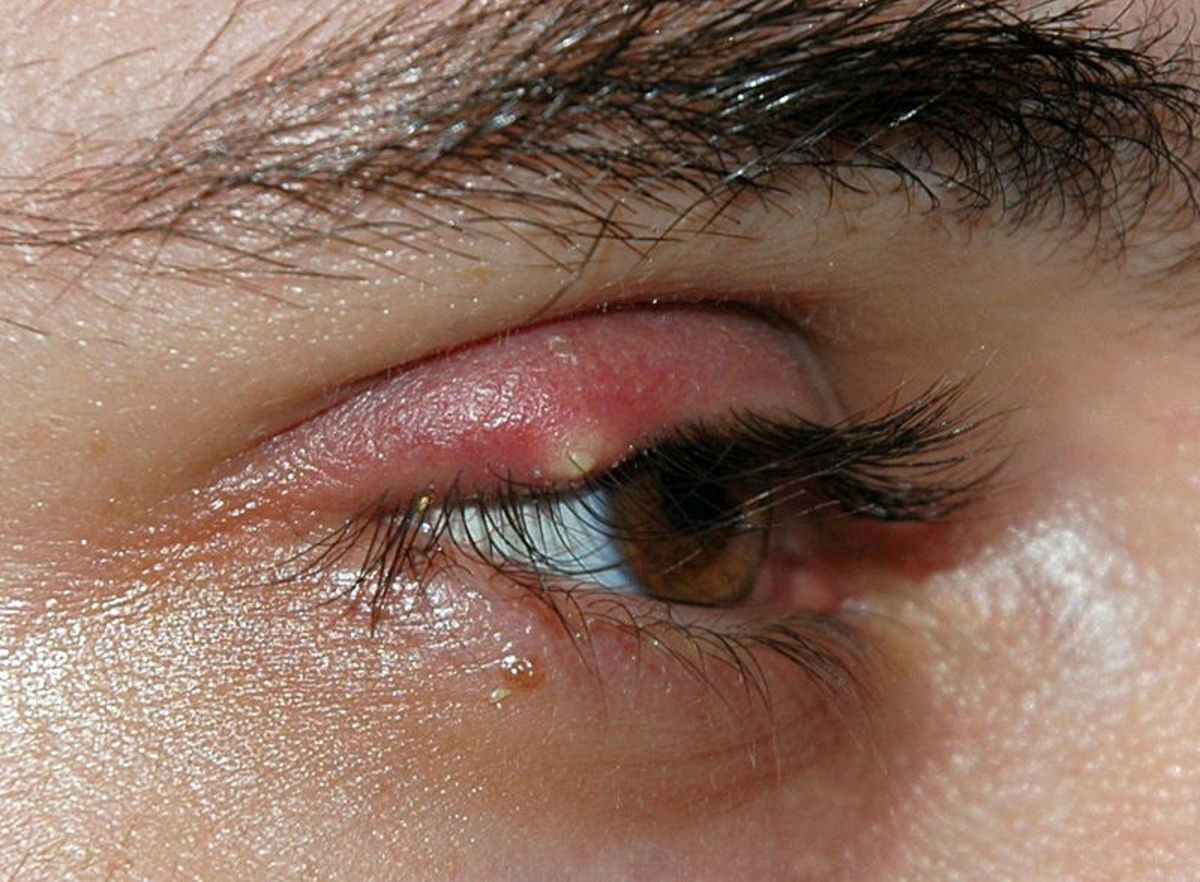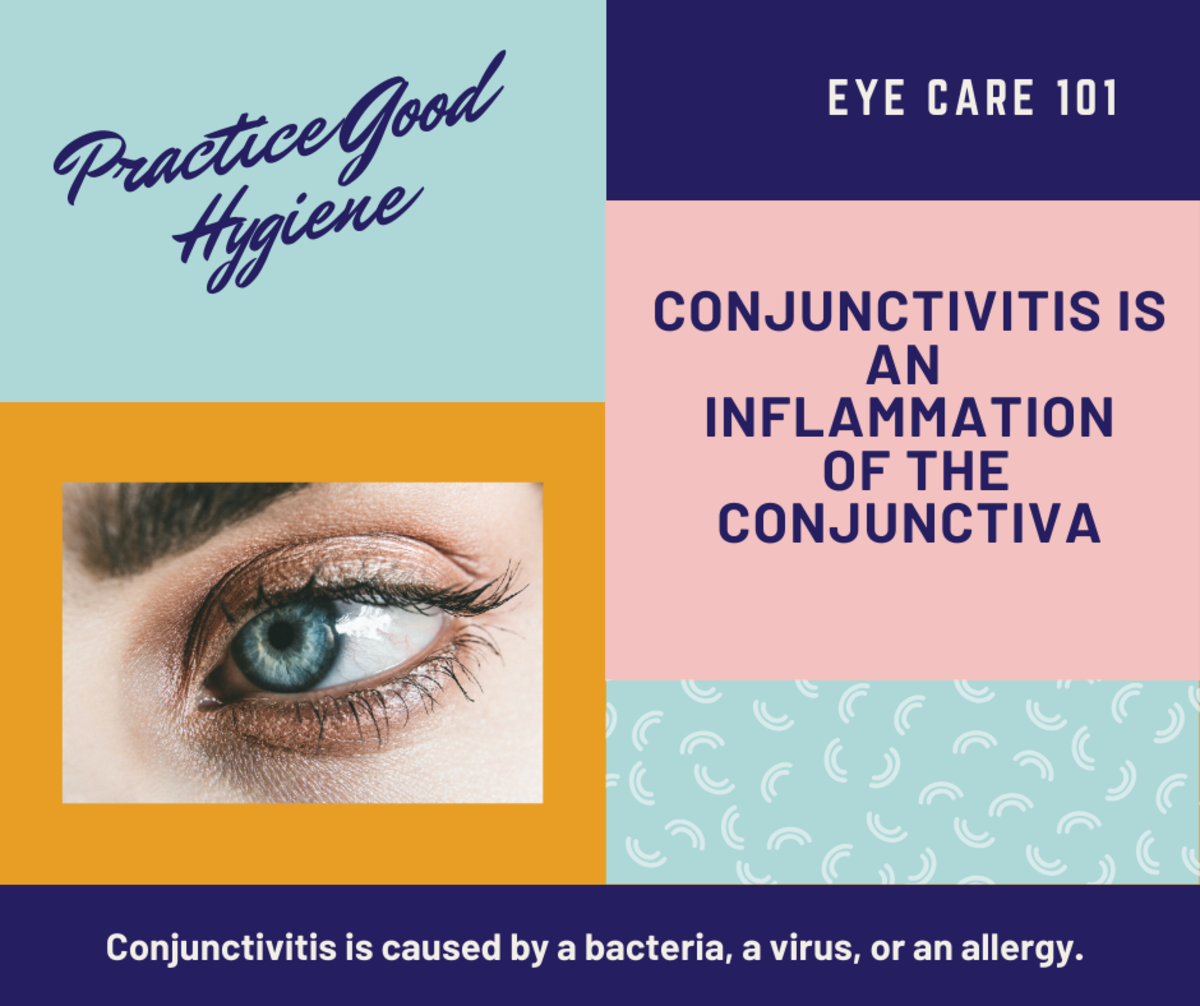Living With the Results of Congenital Cataracts
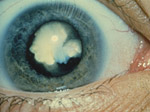
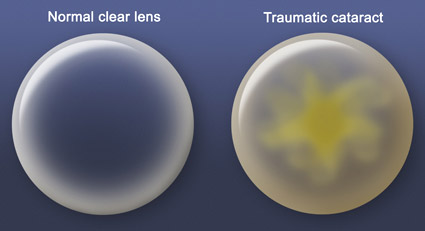
Congenital Cataracts at Birth
A cataract is defined as an opacification of the lens in the eye. Usually they develop as a result of age, but are present in .04% of all births. I was one of the unlucky ones in the less than one percent category. Some cataracts are benign and do not require surgery, others could lead to blindness if left untreated. I was part of the latter; the opacity of my cataracts was directly over my visual axis and required surgical intervention.
In 1988, I was born with cataracts in both eyes. This particular condition was inherited; members of my family have a fifty percent chance of receiving the condition, although it is more prevalent in men than in women. Had I been born a few years later, the surgical techniques used to remove the cataracts would have been far less harmful. At the time, the best known course of action was to make a surgical incision in the eye and literally scrape the lens clean of the cataract. Today patients have more options.
When I was just a few months old, I endured multiple eye surgeries. The first two were to remove the cataracts, and were considered a success. But, since eye surgery is typically performed on one eye at a time, much of my life as an infant and toddler was dominated by eye patches (which I removed at every available opportunity), eye drop regimens and doctors visits. As time passed my eyes healed quickly. Too quickly in fact, and I required more surgery to remove excess scar tissue that had formed around the incisions. Those surgeries did irreparable damage to the iris, lens and field of vision in both eyes. The iris damage in particular left me very sensitive to light.
As a small child I was unaware of the impact this would have later on in life. I routinely removed prescription contact lenses and eye patches, probably just because they were uncomfortable. I don't remember anything from those times, but my actions slowly assured that one eye would develop faster and become dominant.
The decision was made to discontinue use of contact lenses, and I began to wear very thick bifocal lenses. By this time my right eye had taken control, leaving my left eye estropic, or turned inward. During adolescence I longed for a way to get rid of those "coke bottle glasses." That chance came around the age of fifteen, when a very talented ophthalmologist named Dr. Kenneth Kenyon suggested that I undergo another couple of surgeries to receive intraocular lens (IOL) implants. Although IOLs were common then, these artificial lenses were special; they came with blue opacity around the edges to help curb my light sensitivity. Dr. Kenyon wrote letters to the FDA in order to import them from Germany because they weren't yet approved for use in the United States.
After many eye exams. measurements and pre-op eye drop regimens I underwent eye surgery again. First on the left eye to see if there would be any complications. This eye had poor vision already, and wouldn't be much of a loss if anything went wrong. It was a success, and the process was repeated on the right eye with similar results. Dr. Kenyon did a marvelous job. I still wear glasses, but now they're more normal looking and I can see fairly well without them.
Along with my estropic left eye, all these operations had left some permanent damage. My best corrected vision in the right eye is now 20/60, while the left hangs on at 20/200. I also suffer from aphakia, or the absence of the eye's lens, along with hyperactive tear production.
Despite these setbacks, I consider myself lucky. I'm glad to be able to see at all, and I can perform just as well as, if not better than, those around me without vision problems. Most people are completely unaware of my visual shortcomings unless I tell them. And there is one very cool side effect associated with my new lenses: I now have one blue and one hazel eye. I still wish I could drive, though.


